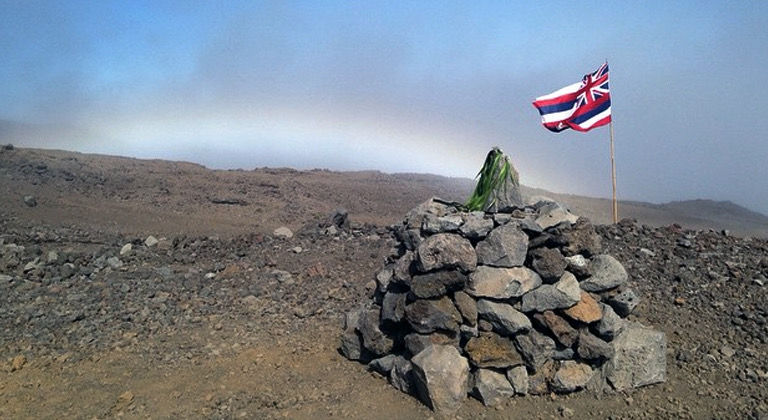A brief look into Hawaiian Temples (Heiau)
- kanakaclimbers

- Jul 19, 2020
- 3 min read
Updated: Feb 23, 2021
All across the Hawaiian Islands, we have many different types of Heiau. A Heiau is a Hawaiian Temple usually dedicated to a specific God. Each Heiau was designed differently depending on its purpose. Heiau were built varying from simple stone markers to large stone platforms. The shapes could be rounded, square, or rectangular. They consisted of simple earth terraces or very elaborate stone platforms. Some botanical material such as Ti Leafs and other native plants would have been incorporated into the designs of the Heiau. The botanical material around were usually used in spiritual ceremonies. They have been found on hills, cliffs, valleys, the coastline, and even underwater.
Most Heiau only allowed High Chiefs (Ali’i Nui) or priests (Kahuna) to access them. Most of the preserved sites are from a later period in history or have been traditionally restored. Heiau are made from large stone platforms with structures built on them either to house priests or sacred items for ceremonies. All Heiau also had altars (Ahu) which were used to offer sacrifices such as plants, animals, and even humans.
The Kapu system was abolished in October 1819 by Kamehameha II. Abolishing the Kapu system meant that the use of Heiau as places of worship and sacrifice came to an end. All Heiau were officially abandoned and most destroyed to make room for development and agriculture. However, some families continued to take care of them.
Some Heiau History:
*of course, there are way more Heiau in the Hawaiian Islands but here are just a few.
Pu’u o Mahuka: “Hill of Escape” One of the largest Heiau it covers two acres of land in Pupukea overlooking Waimea Valley and Bay.
Kaneaki Heiau: artifacts date the building back to the 15th century. The heiau was originally dedicated to Lono the God of harvest, agriculture, and fertility. In the 17th century, it was dedicated to Ku the God of war.
Kea’iwa Heiau or Heiau Ho’ola: sits in the ‘Aiea area and is said to have been used for Kahuna Lapaau (herb doctor) who practiced healing arts
Puʻuhonua o Honaunau: in South Kona was a place of refuge
Ulupo Heiau: in Kailua, was said to have been built by Menehune and later added onto it by Hawaiians in the 1500s. It is thought to have been used as an agriculture heiau and later as a luakini (dedications through human sacrifices)
Haheiki Heiau: Another Heiau said to be created by Menehune and in Lower Nu’uanu (closely connected to the Kaupe legends, previously discussed in the Nu’uanu Petroglyphs Blog)
Hokukano-Ualapue Complex: located on Molokai that consists of six heiau and 2 fishponds.
Today some of the remaining Heiau are under the watch full eyes of Native stewards and most are recognized as National Historic Sites. But the majority of the Heiau are under passive preservation plans, which means no one can destroy but also no one is maintaining. Many Hawaiians visit sites and have some form of a spiritual connection that sparks a life long stewardship. Ahu (Altars) are still commonly constructed and still used within the Native Hawaiian community.
A lot of our commonly used climbing spots are next to or within historic areas. Please take the time to be respectful when accessing these sites or climbing near them.
*Access concerns: Every climbing location in Hawai’i is access sensitive. Please do not post directions or geotag photos. This website does not give you permission to access any lands, either public or private. Climb and enter at your own risk, remember YOU represent the entire climbing community. If a member of the general public or state agents asks you to leave, it is best to go.




Written by @kolealani




Comments